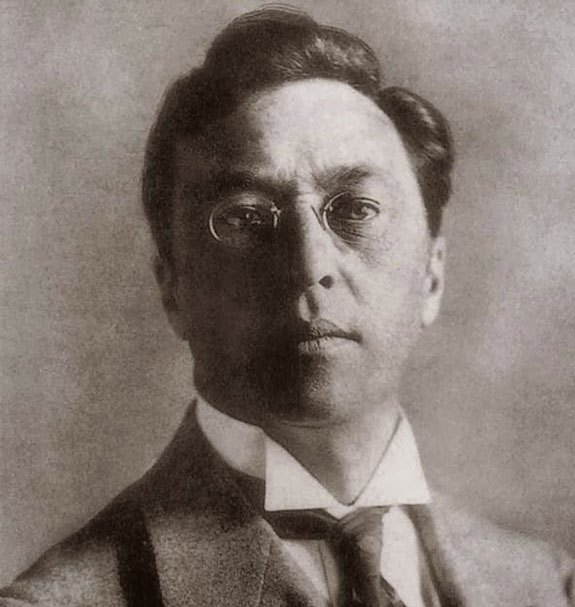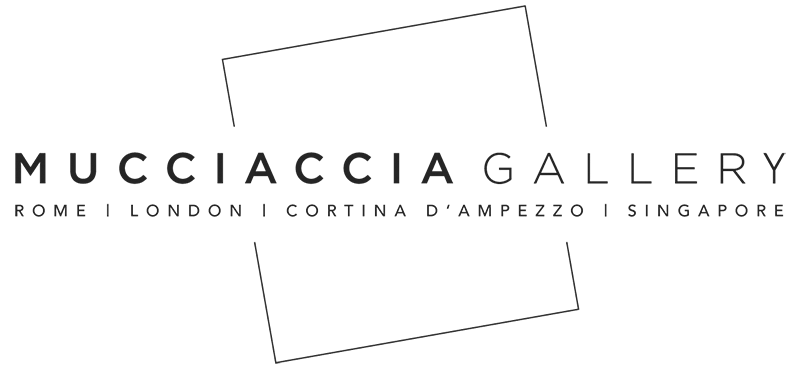Vassily Kandinsky
Born in 1866 in Mosca, Russia; dies in 1944 in Neuilly-sur-Seine, France.
After graduating in law, he turns down the offer to teach at the university in order to devote himself not only to painting but also to music, which will be subsequently crucial to his artistic development. In 1896, he moves to Monaco, in Germany, to continue his studies in painting. In 1902, he exhibits for the first time with the Berlin Secession and, between 1903 and 1904 he visits Italy, Netherlands, Africa, Russia and France, where in 1904 he exhibits in the Salon d’Automne in Paris. In 1909, he publishes The Spiritual in Art, convinced that painting should be similar to music and that colours should assimilate sounds, he advocates an abstract painting free from the physical object. In 1911, with Franz Marc he founds the avant-garde magazine Der Blaue Raiter (The Blue Rider), starting an intense period of work. He returns to Russia at the outbreak of World War I, and is appointed to important public offices after the October Revolution: he creates the Institute for Painting’s Culture and founds the Academy of Artistic Sciences. In 1921, he travels to Germany to never return again. In 1922, he is called by Walter Gropius to teach at the Bauhaus in Weimar where he meets Paul Klee, Alexej Jawlensky and Lyonel Feininger, with whom he founds the group Die Blaue Vier (The four blue), ideally linked to the Blue Rider. After the closure of the Bauhaus in 1933, he moves to France, where he lives and works until his last days.


